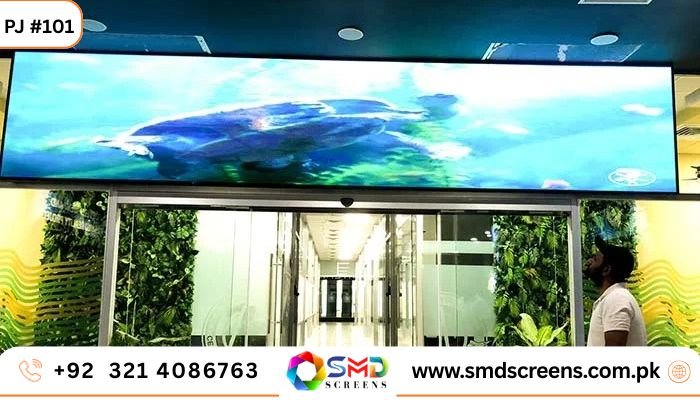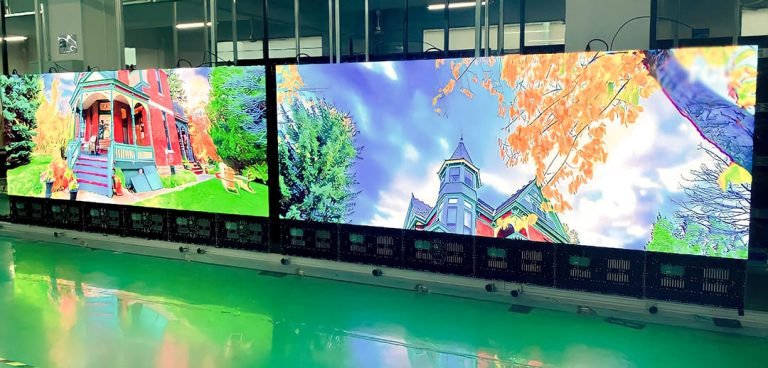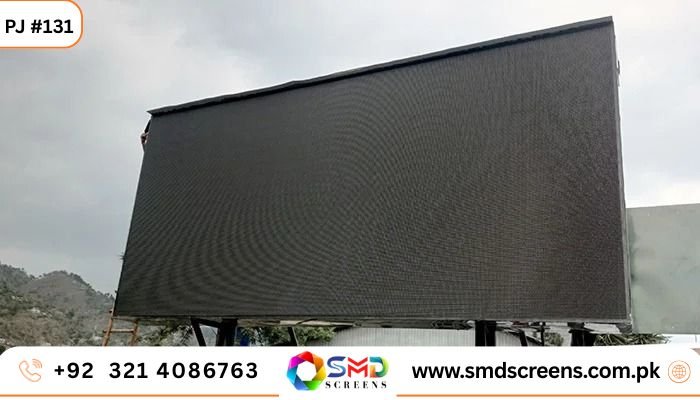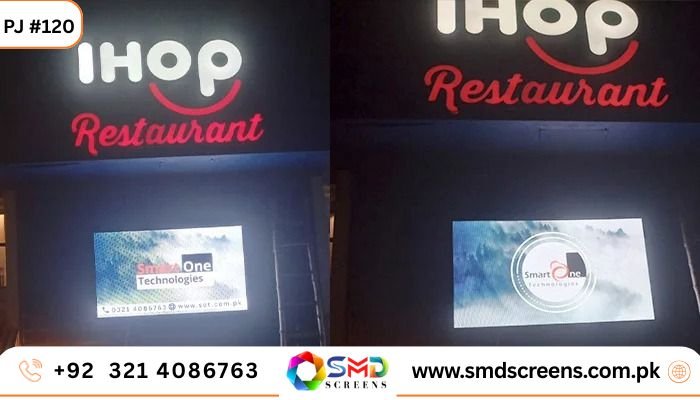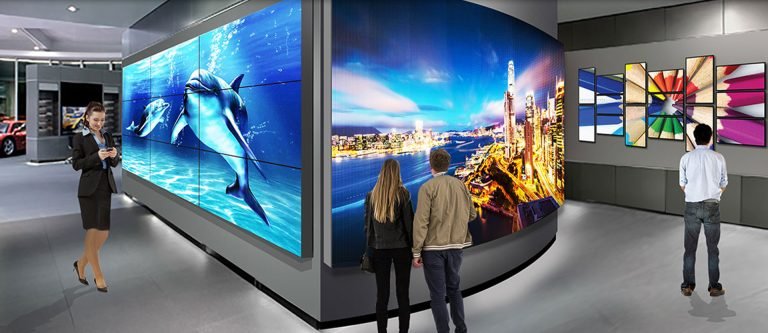Choosing the Right Pixel Pitch for SMD Display Screen Solution
Pixel pitch defines the gap between LED centers in millimeters on surface-mounted device screens. A smaller number means tighter pixel packing for sharper, more detailed visuals up close. Larger pitches suit distant viewing where individual dots blend into smooth images naturally. This single metric controls resolution, cost, brightness, and energy use across applications. Mastering it turns ordinary SMD displays into captivating, high-impact communication tools.
How Viewing Distance Shapes Your Ideal Pixel Pitch Choice
Stand too close to a coarse pitch and you’ll spot pixel grids that ruin immersion. Step back far enough and even a 10mm pitch delivers seamless billboard-quality ads. Use this quick rule: multiply pitch by 1.5–2 to estimate minimum comfortable distance in meters. For example, a 2.5mm pitch shines when viewers linger 3.75–5 meters away in stores. Map your space first—accurate distance data prevents costly over- or under-spec mistakes.
Indoor vs Outdoor SMD Displays: Pitch Picks That Perform
Indoor venues enjoy controlled light, so 1.2mm–3mm pitches create razor-sharp video walls. These fine options support 4K feeds, wide angles, and flicker-free 3840Hz refresh rates. Outdoor screens battle sun glare, demanding 4mm–16mm pitches with 6000+ nits brightness. Weatherproof cabinets and anti-reflective coatings pair best with coarser pitches. Match environment to pitch for visibility that lasts through rain, dust, and heat.
Budget-Smart Pixel Pitch Strategies for Maximum ROI
Finer pitches pack thousands more LEDs per square meter, doubling or tripling costs. Yet a 1.5mm indoor wall can lift retail sales 25% via crystal-clear product demos. Coarser 6mm outdoor boards cut power bills while still grabbing highway attention. Modular SMD Screen systems let you start modest and scale resolution later without full replacement. Calculate lifetime energy, maintenance, and engagement gains before finalizing spend.
Resolution Math: Pixels, Pitch, and Picture Perfection
Divide panel width in mm by pitch to reveal horizontal pixel count instantly. A 4.8m-wide screen at 2mm pitch yields 2400 pixels—native 4K ready with vertical match. Static logos forgive larger pitches; live video and fine text demand sub-2mm precision. Use free online pixel calculators to preview resolution before ordering cabinets. Right math here eliminates blurry feeds and disappointed stakeholders.
Application-Specific Pixel Pitch Recommendations
Retail & malls: 1.5mm–2.5mm for immersive product close-ups and wayfinding. Corporate lobbies: 1.8mm–3mm video walls for seamless branding and 4K presentations. Stadiums & DOOH: 6mm–10mm jumbotrons visible from 50m+ with bold color punch. Control rooms: 0.9mm–1.5mm for dense data dashboards and zero information loss. Events & rentals: 2.9mm–3.9mm modular panels for fast builds and vibrant stage backdrops.
Top Mistakes That Ruin SMD Display Projects
Buying ultra-fine pitch for distant outdoor viewers wastes budget on unseen detail. Placing indoor-grade fine pitch outside leads to washout and rapid LED burnout. Ignoring content resolution causes HD videos to stutter on low-pixel coarse screens. Skipping on-site demos hides color shifts, dead pixels, and viewing-angle flaws. Avoid these traps with pre-install tests and vendor transparency checklists.
Future-Proofing Your SMD Pixel Pitch Investment
Mini-LED and COB alternatives now push sub-1mm pitches into affordable territory. AI-driven dynamic resolution adjusts pixel use based on content and viewer distance. Choose cabinets with field-swappable modules to upgrade pitch years later. Monitor refresh rate and grayscale depth—future 8K content needs 16-bit support. Build flexibility today for tomorrow’s sharper, smarter display landscape.
Quick-Start Checklist for Perfect Pixel Pitch Selection
Measure average and minimum viewing distances across all audience positions. List content types—static, HD video, fine text, or bold graphics—and resolution needs. Set brightness targets: 800 nits indoor, 5000+ nits outdoor, plus IP rating. Run cost vs benefit models for 2–3 pitch options using vendor quotes. Book a live demo unit in your actual environment before signing off.
Final Thoughts: Light Up Success with the Right Pitch
Your SMD display is only as strong as the pixel pitch decision behind it. Align distance, environment, content, and budget for visuals that stop scrolls and start conversations. Fine pitch indoors, smart coarse outdoors, and modular everywhere in between. Test, calculate, and consult—then watch engagement metrics soar. Ready to spec your next screen? Grab that tape measure and start planning today.

